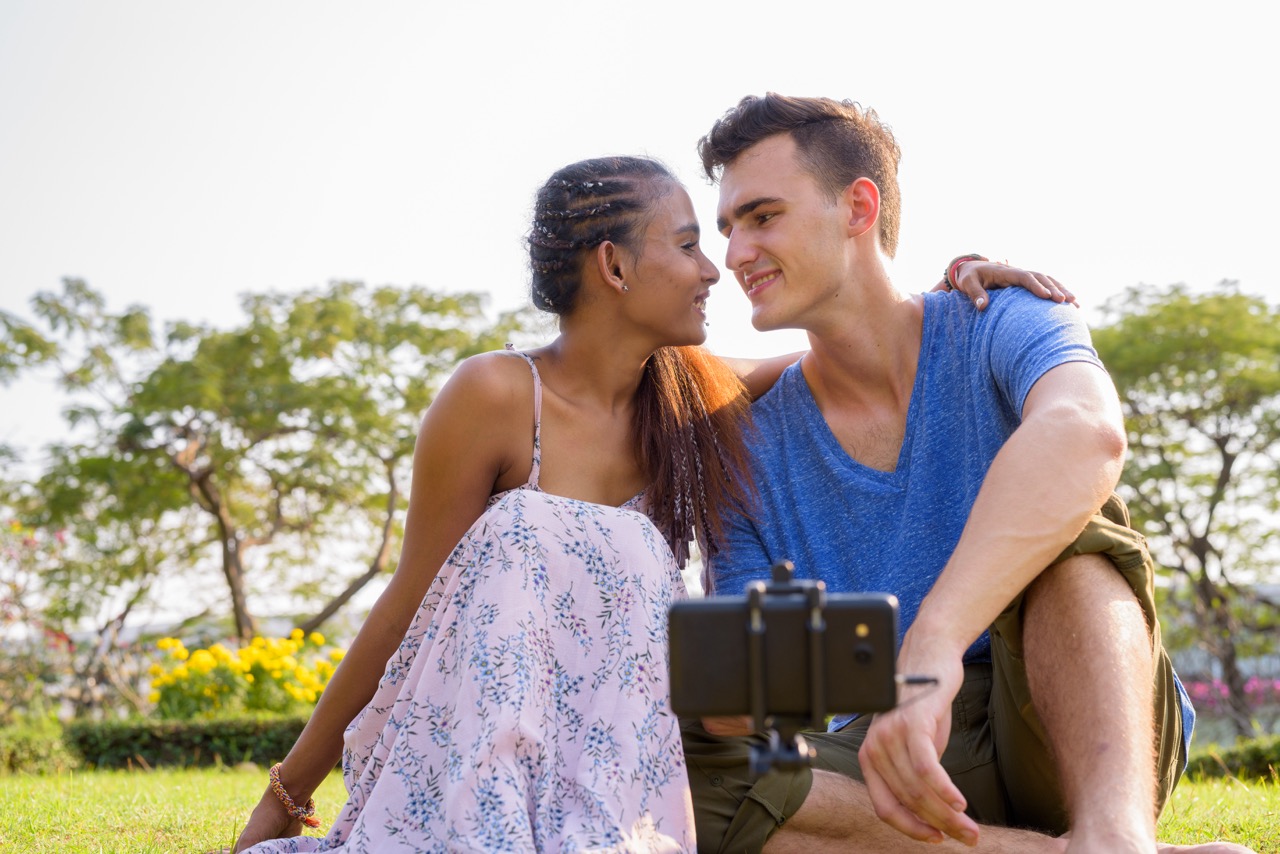In the contemporary landscape of dating, the dynamics have evolved with the advent of technology, making it easier to connect with potential partners. However, the role of mutual friends in offline dating remains an irreplaceable aspect that can significantly enhance or hinder a romantic pursuit. Mutual friendships can serve as a bridge, connecting individuals who may not have crossed paths otherwise. This article explores the impact of mutual friends on offline dating, examining how they facilitate connections, influence relationship dynamics, and help navigate the often complex terrain of dating.
Understanding the Influence of Mutual Friends on Dating
Mutual friends play a pivotal role in the dating arena by creating a sense of trust and familiarity between individuals. When two people are introduced by a shared friend, there is often an inherent level of comfort that comes from knowing someone in common. This familiarity can alleviate some of the initial awkwardness that often accompanies first meetings, allowing for a more organic connection to develop. The mutual friend acts not only as a link but also as a form of social proof, providing reassurance about the other person’s character and intentions.
Moreover, mutual friends can serve as a valuable source of insights into each person’s personality and dating history. Friends often share anecdotes and information that can help individuals better understand potential partners, which can lead to more informed decisions about entering a relationship. This knowledge can create a smoother transition into dating, as individuals feel more prepared to engage with someone whose traits and behaviors have been vetted through a trusted source.
However, the influence of mutual friends can be a double-edged sword. While they can facilitate connections, they can also complicate relationships if dynamics shift unexpectedly. For instance, if mutual friends take sides during a conflict or breakup, it can create tension within the broader friend group, jeopardizing not only the romantic relationship but also the friendships involved. Understanding these complexities is essential for individuals navigating the dating landscape with mutual connections.
How Mutual Friendships Facilitate Offline Connections
One of the primary ways mutual friendships enhance offline dating is through social gatherings. Events like parties, group outings, or casual meet-ups provide ample opportunities for individuals to meet potential partners in a relaxed environment. These settings allow for natural interactions, where people can engage in conversation without the pressure of a formal date. The presence of mutual friends can also help break the ice, making introductions smoother and reducing the anxiety often associated with meeting someone new.
Additionally, mutual friends can actively play matchmaker, taking the initiative to introduce compatible singles within their circles. This can happen organically or through more direct means, such as a friend suggesting a blind date. Such interventions can be effective, as friends typically understand each other’s likes and dislikes, making it easier to identify potential matches. This proactive approach to dating can lead to successful connections that might not have occurred without the encouragement of mutual friends.
However, while mutual friends can facilitate these connections, it’s essential for individuals to remain authentic throughout the process. Sometimes, people may feel pressured to conform to the expectations of their friends or to project a certain image in front of a potential partner. Striking a balance between being oneself and navigating the influence of mutual friendships is crucial for building genuine connections in offline dating.
The Impact of Shared Social Circles on Dating Success
Shared social circles often play a significant role in determining the success of offline dating. When individuals belong to the same friend group, they are likely to have overlapping interests, activities, and values, which can lay a solid foundation for a romantic relationship. This common ground can make it easier for people to relate to one another and foster deeper connections that may lead to long-term partnerships.
Moreover, shared social circles can provide a support system that enhances dating experiences. Friends within the same group can offer advice, encouragement, and even feedback about how to navigate the relationship. Having a built-in support network can be particularly advantageous during challenging times, as friends can mediate misunderstandings and help maintain harmony between partners. This collective environment can contribute positively to the overall health of a romantic relationship.
Nevertheless, dating within shared social circles can come with its own set of challenges. The visibility of a romantic relationship can amplify scrutiny and pressure, as friends may form opinions about the couple based on their interactions. This can lead to heightened anxiety about the relationship’s performance, as individuals may feel they are being judged not just by their partner but also by their friends. Understanding these dynamics is essential for individuals who wish to navigate dating within shared social circles successfully.
Navigating Relationships Through Mutual Friend Networks
Navigating relationships through mutual friend networks requires a delicate balance of openness and discretion. While mutual friends can offer insights and support, individuals must also set boundaries to protect their privacy. Discussing personal matters with friends can be helpful, but it’s crucial to avoid oversharing details that could lead to unnecessary gossip or judgment among the friend group. Establishing this balance can help sustain both the romantic relationship and friendships.
Communication remains a cornerstone of successfully navigating relationships influenced by mutual friends. Openly discussing feelings or concerns with both the partner and mutual friends can help address potential issues before they escalate. Engaging in honest conversations allows partners to understand each other’s perspectives and strengthens the bond between them. Furthermore, when mutual friends are involved, transparency can help manage expectations and foster a supportive environment for the relationship to flourish.
Lastly, individuals must be prepared for the potential outcomes of dating within mutual friend networks. Whether a relationship blooms or eventually fades, the impact on friendships can be lasting. It is vital for individuals to approach these situations with maturity and empathy, recognizing that friendships can endure even when romantic relationships do not. Understanding the fluid nature of these connections can lead to healthier dynamics and preserve the social fabric that binds friends together.
In conclusion, mutual friends significantly influence offline dating, shaping connections in ways that are both beneficial and challenging. Their presence can ease introductions, provide valuable insights, and create support systems that enhance romantic endeavors. However, the dynamics of shared social circles necessitate careful navigation, as relationships can become entangled with friendships. By fostering open communication and maintaining authenticity, individuals can successfully leverage mutual friendships to enrich their dating experiences while preserving the integrity of their social circles. Ultimately, the role of mutual friends underscores the importance of human connections in the journey of finding love offline.




